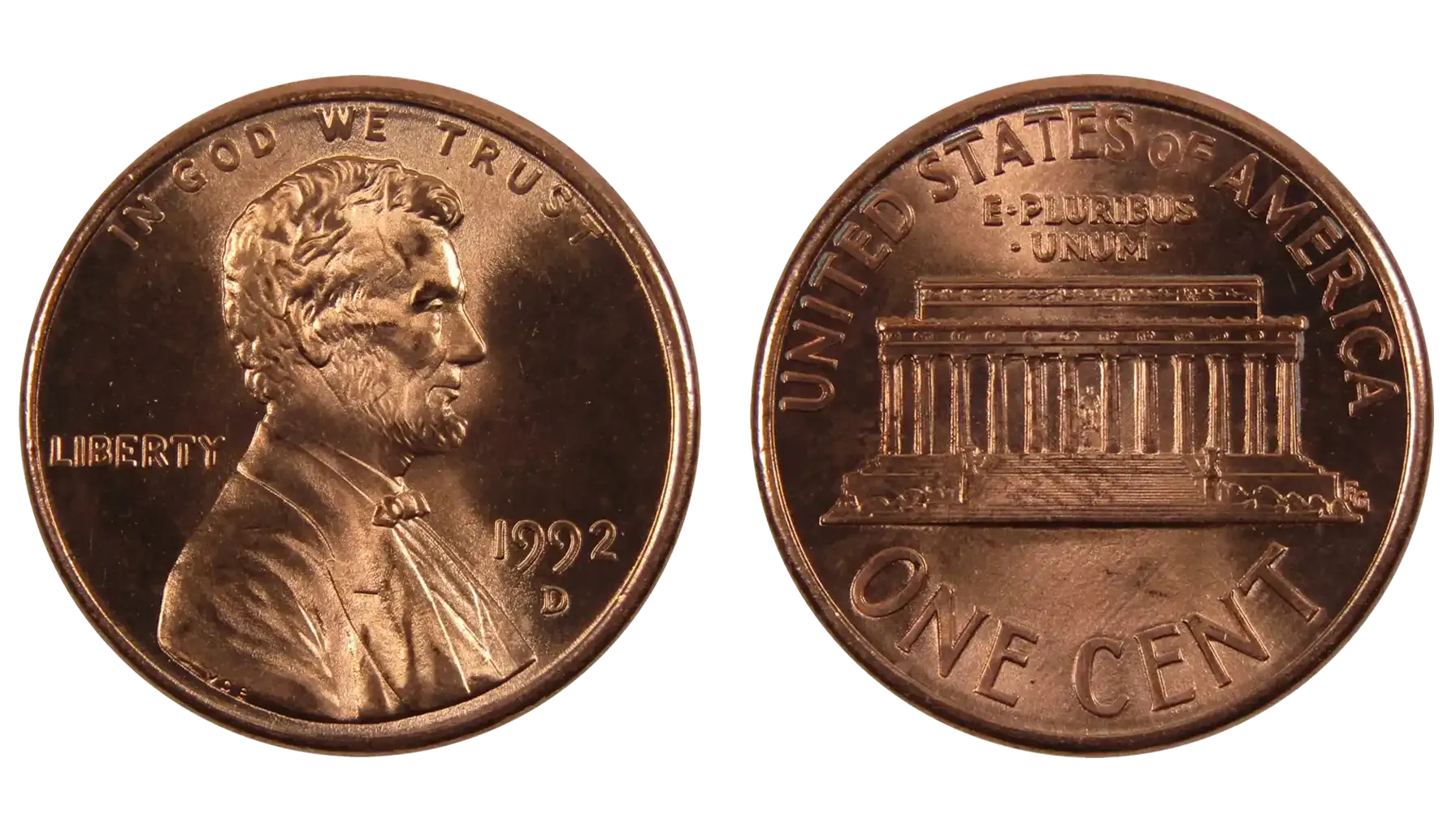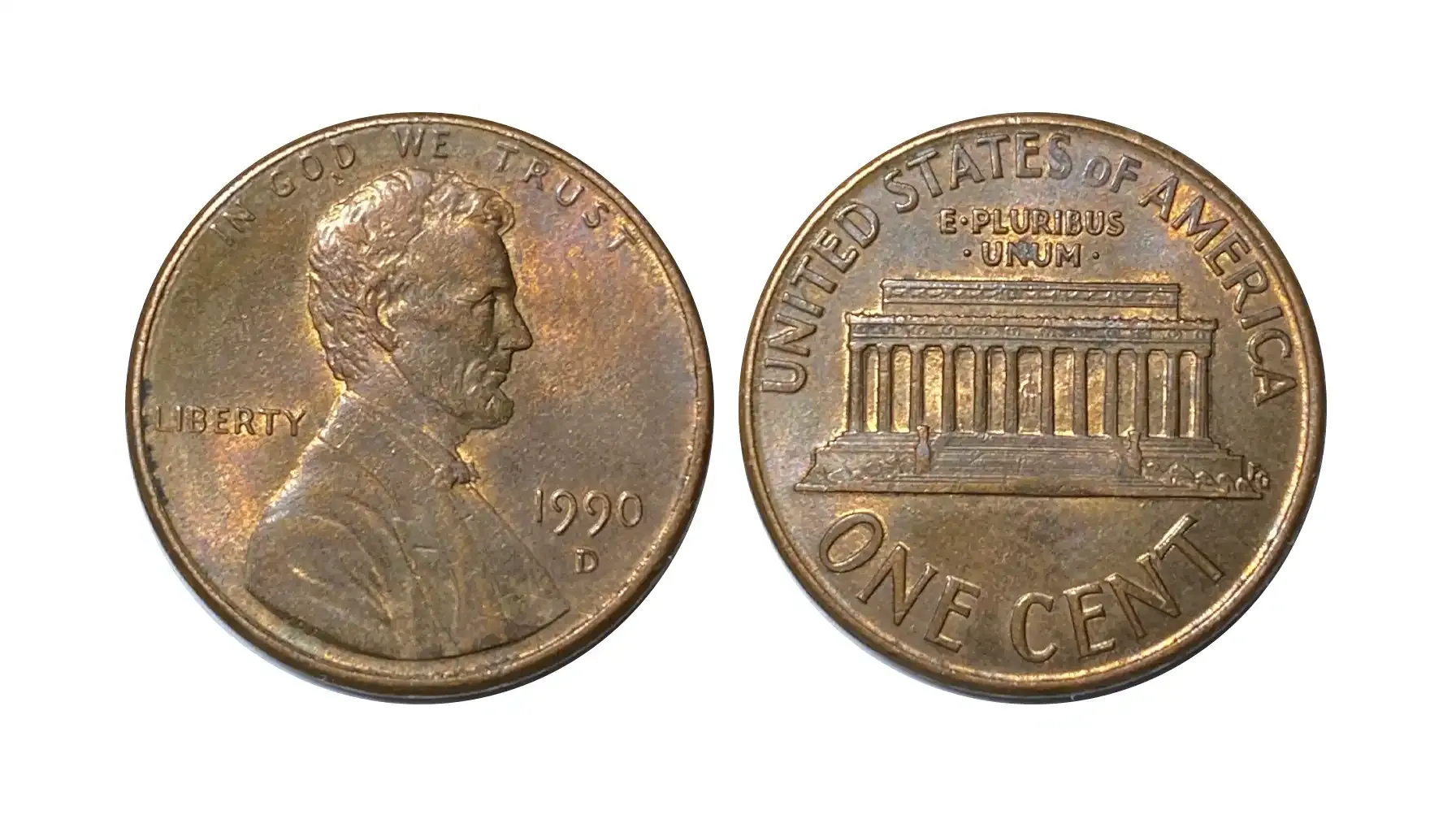Contents:
Some of the most intriguing treasures found in numismatics are represented via error coin, i.e., those instances that have flaws and defects that make them unique and inimitable. American dimes present great potential in the form of exceptional anomalies that elevate a coin’s value for good. So, are rare error dimes worth money?
In this article, we are to explore several prominent representatives of the Roosevelt Dime errors and varieties, as well as the Mercury dime error list, investigate the unique characteristics of each instance and market trends, and learn how to check coin value on the spot.
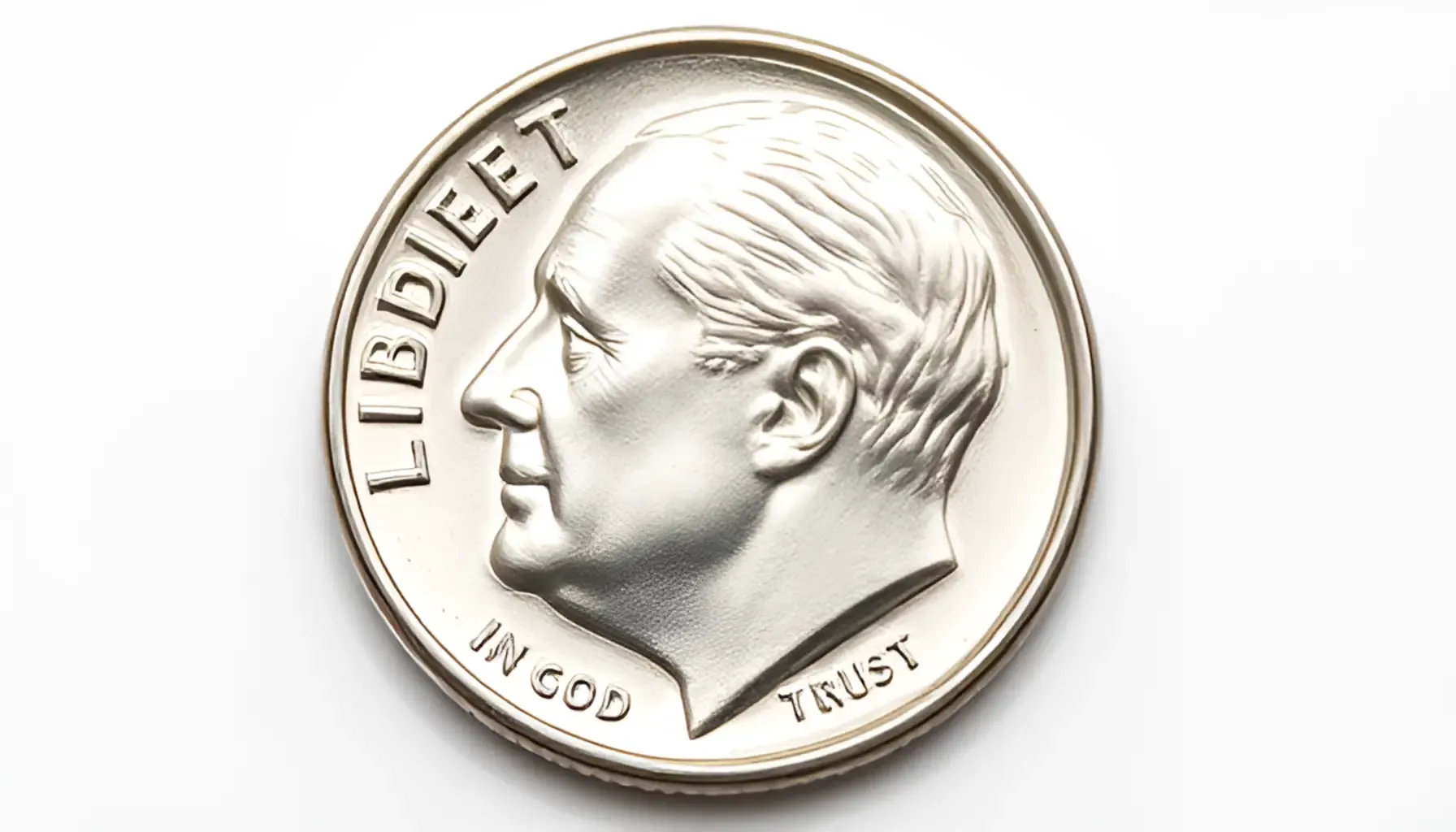
Quick Overview: What Do Dimes Look Like?
Known for their usefulness and elegant shape, dimes are among the smallest and lightest coins in the US circulation. As such, the dime first appeared in 1796 and has since undergone a number of design modifications, though its small size and function have not changed.
As for the modern dimes, they feature a reeded edge, weigh 2.268 grams, and measure 17.91 millimeters in diameter. Besides, one may believe that this coin is silver, yet the real content refers to a copper core covered in nickel. The obverse side of the current version, commonly known as the Roosevelt dime, commemorates the life and achievements of President Franklin D. Roosevelt throughout the Great Depression and World War II and depicts his profile with due respect.
In fact, those dimes manufactured prior to 1965 were composed of 90% silver, which makes them especially valuable to investors and collectors alike. When identifying faults, it is essential to comprehend the basic features of dimes, for even minor variations can have a big impact on the 1999 D dime error value and appeal. Let us look at the instances ranging from the 1965 dime error list below.
Related article: Rare Bat Quarters.
What Are Dime Errors?
In general, dime errors are deviations in design spotted on the surface of the coins, made during the minting processes. These mistakes may occur at different phases, such as while making dies, striking, or preparing the planchet. Thereafter, some error coins make it into circulation and become desirable collectibles thanks to their rarity and unique style (yet most of them are confiscated and disposed of before they enter circulation).
Common errors of rare dimes worth money usually include clipped planchets, die cracks, off-center strikes, and double dies, each of which has a distinctive level of appeal and rarity, which directly affects its market value among collectors.
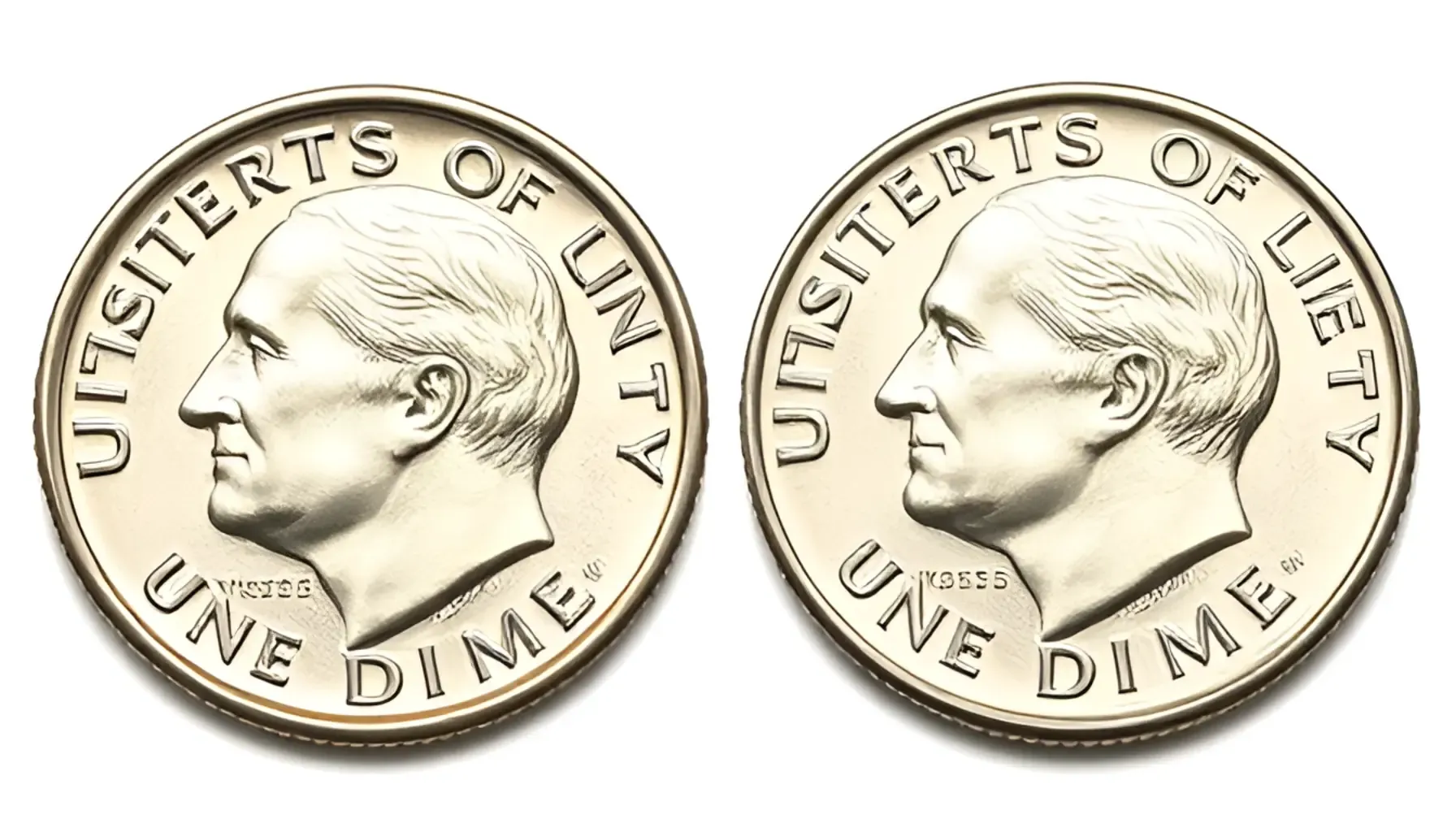
Rare Dime Error List by Year
1965 10C – Struck on a Silver Planchet
Sale price: $8,625
Characteristics: Silver composition, 2.5g weight (vs. standard 2.27g), distinct ringing sound, lacks copper edge
One of the first error dimes appeared in 1965. The design of the coin was classic. and elegant as it featured President Franklin D. Roosevelt's profile on the obverse, and a torch surrounded by oak and olive branches on the reverse side. In lieu of the new copper-nickel-clad material that was launched that year, this year is renowned for erroneous dimes that were struck on silver planchets instead, which makes them extremely rare and expensive even today.

1969-D 10C Missing Clad Layer
Average price: $62
Characteristics: Exposed copper core, dull reddish tone, slightly lighter weight
This Denver-minted dime is missing its outer clad layer, exposing the copper core underneath. The mistake gives the coin a distinctive reddish-brown tint, which distinguishes it from regular silver dimes. Though not as uncommon as others, the noticeable visual difference makes it a favorite among error collectors.
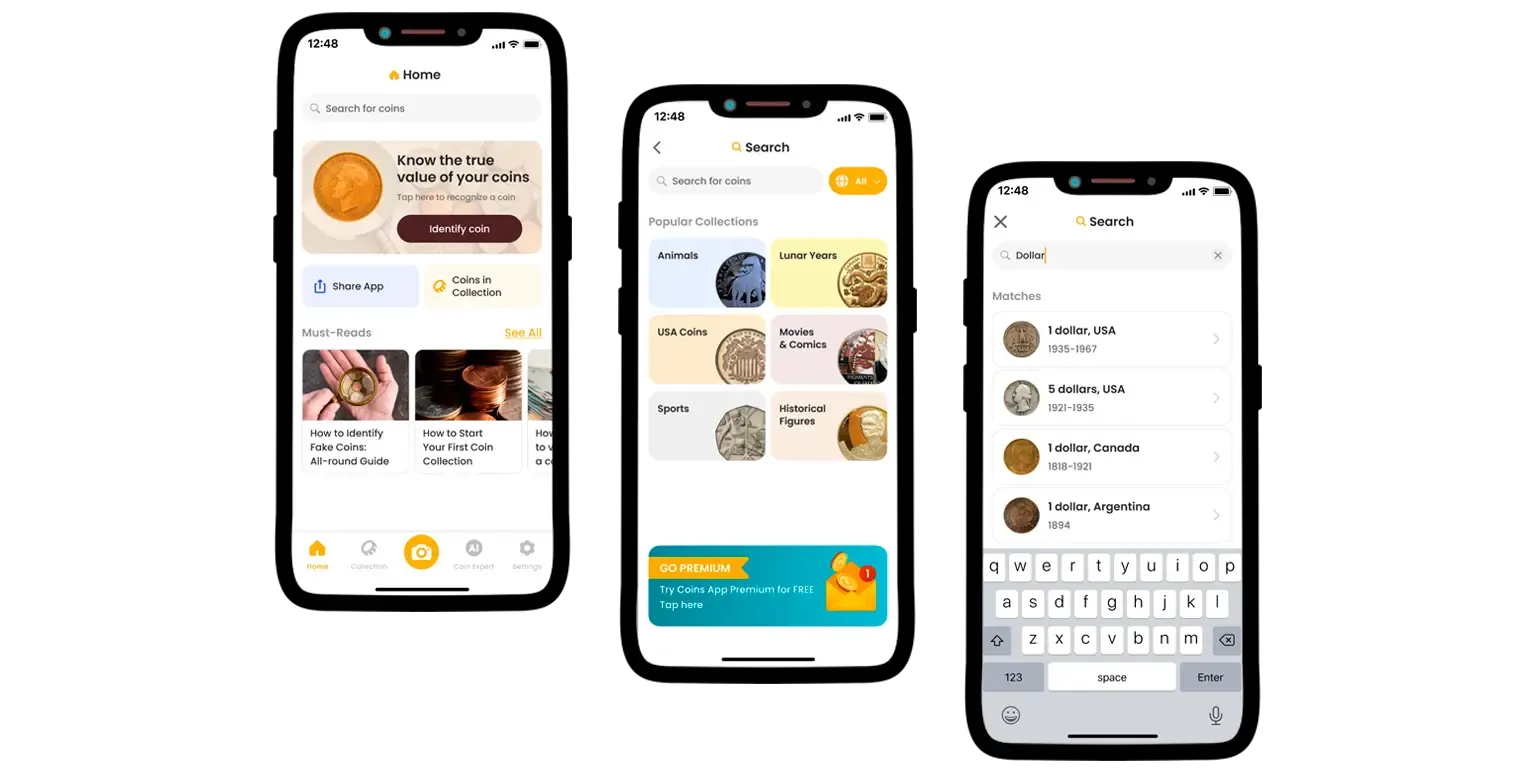
1970-D 10C Struck 50% Off-Center
Average price: $350
Characteristics: 50% off-center strike, partial design visible, wide blank area
The next year also granted the 1970 dime error list which included the off-center strike faults. These happen when the planchet is not positioned correctly during the minting process, which leaves an area of the design missing from the coin. These mistakes can raise the coin's worth considerably, depending on how much of the design is off-center.

1980-P 10C – Struck on a Defective Copper Core Planchet
Average price: $300
Characteristics: Blotchy surfaces, inconsistent coloration, porous or cracked planchet
Another year posed other problems and revealed a new 1980 dime error – the one including a defective copper core that causes irregularities all across its surfaces. These can manifest as unusual textures, discolorations, or even structural deformities.
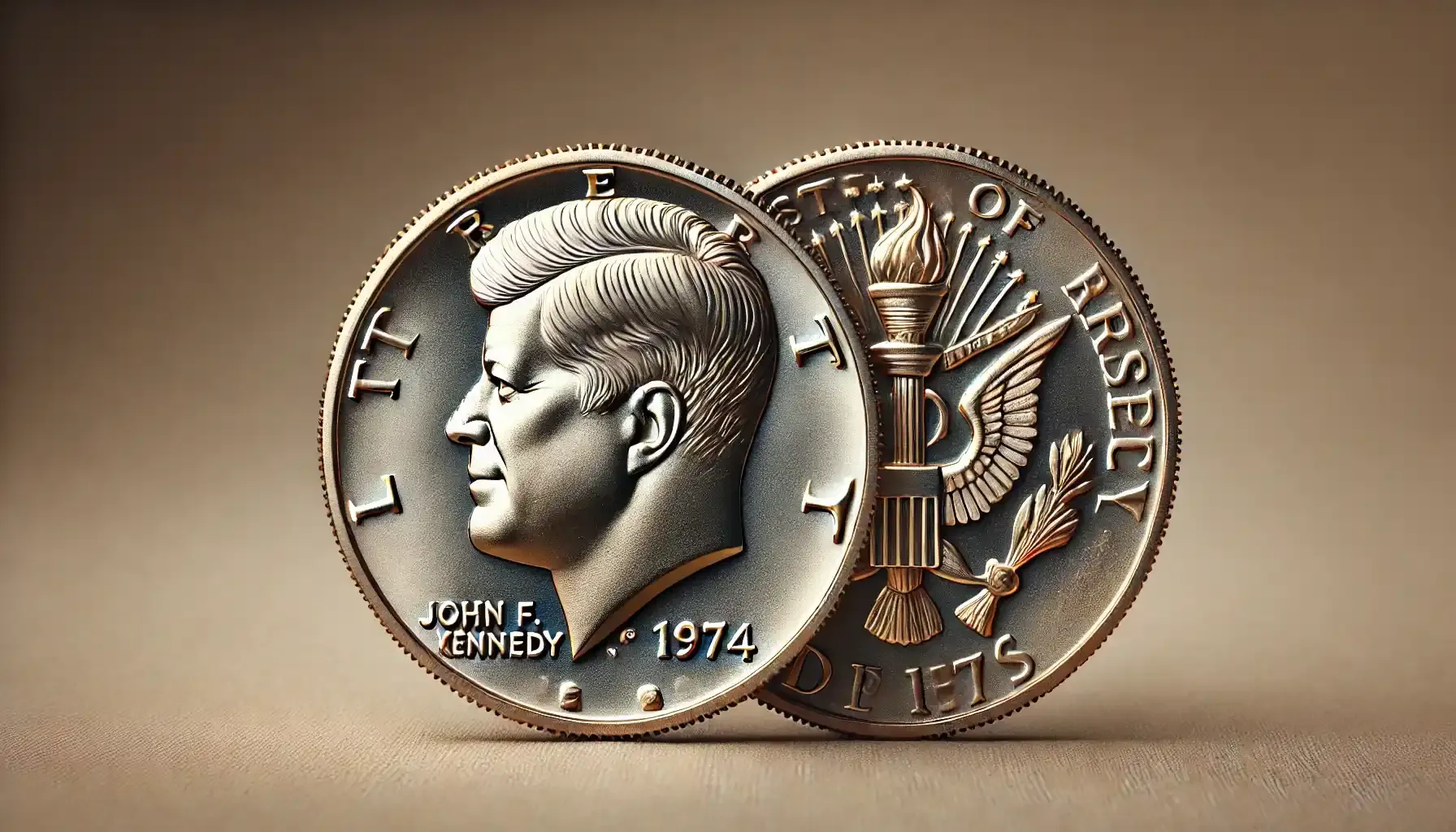
1996-P 10C – Broadstruck with Obverse Brockage
Average price: $35
Characteristics: Expanded diameter, missing reeded edge, mirror-like brockage imprint
The 1996-P dime, which was struck in Philadelphia, like the previous coins in the 1996 p dime error list, depicted the torch with branches and Roosevelt's profile again. The "broadstruck" defect, though, meant that it was struck without the collar die – causing it to expand wider than normal. What is more, a brockage occurred, imprinting a mirror image of the coin’s obverse design onto itself.
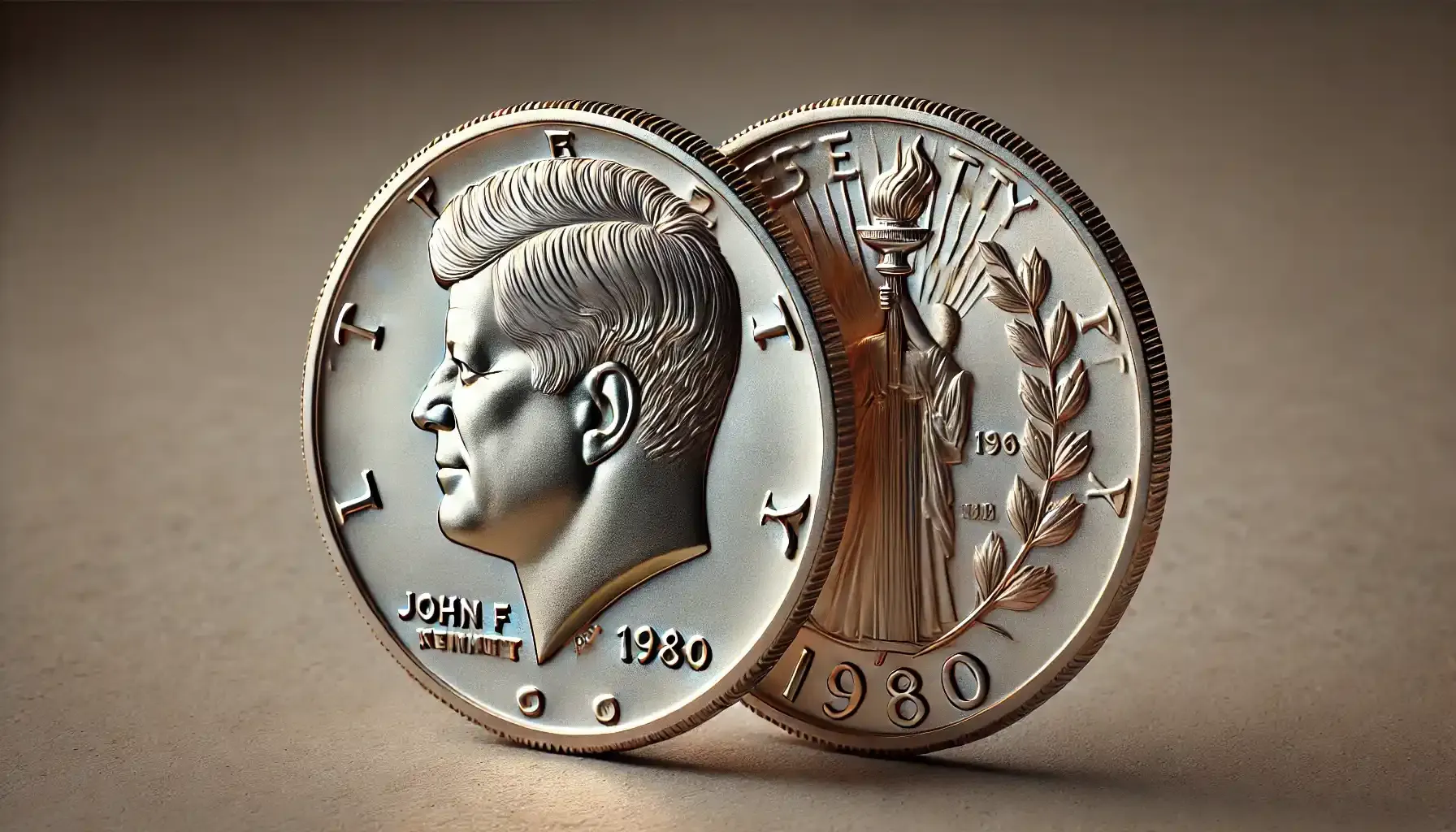
1999-D 10C – Broadstruck on a Cent Planchet
Average price: $6,325
Characteristics: Reddish tone from cent planchet, thinner strike, expanded edge
1999 dime error list opens with broadstruck mistakes, in which the coin spreads outward since the collar die is missing or broken. Due to this mistake, the Roosevelt design is stretched but still intact, and the dime has an oddly wide and smooth edge without the usual reeding.
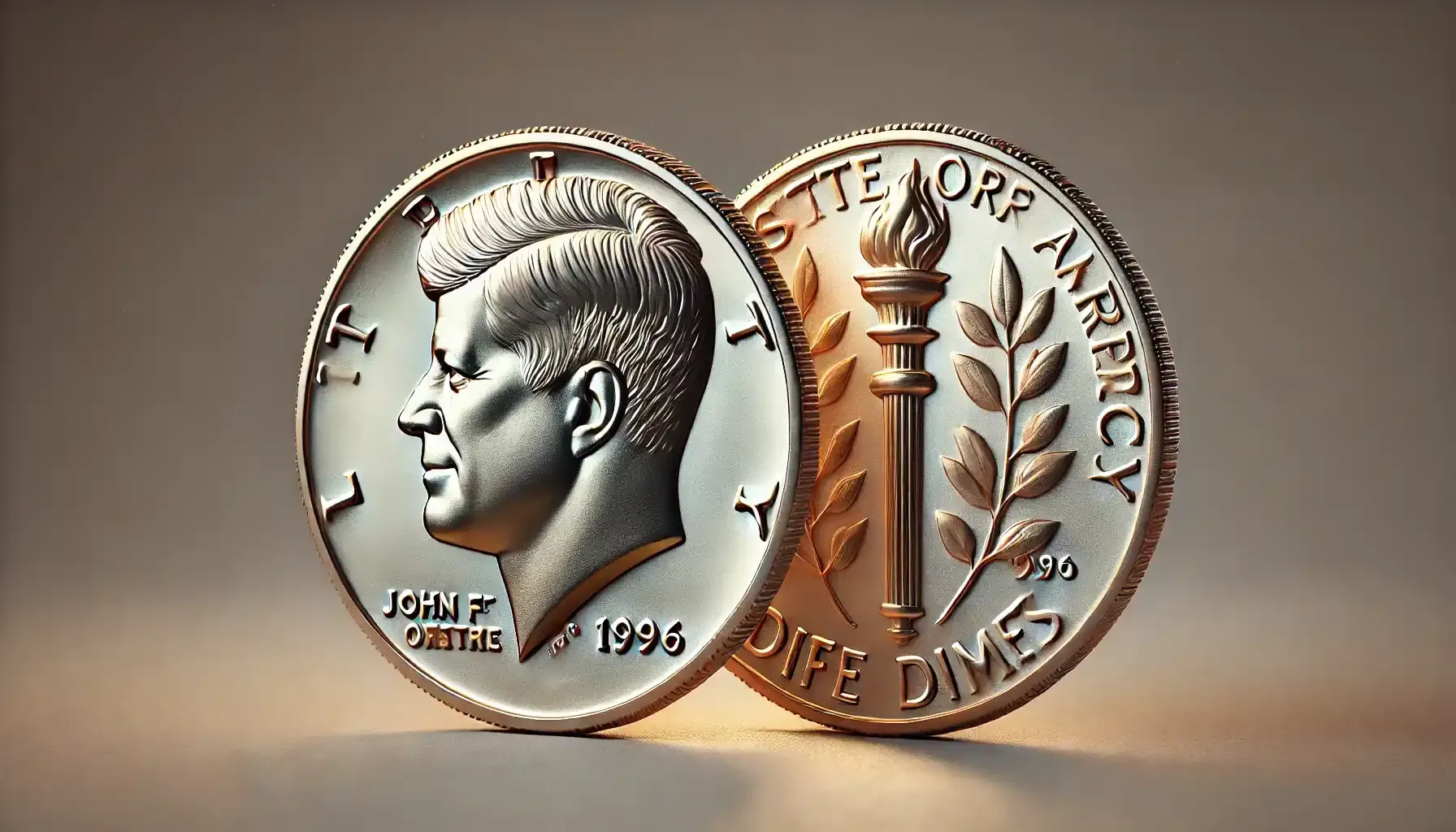
Bonus: 1942/1 10C – MS67+
Average price: $90,000
Characteristics: Visible date doubling (“2” over “1”), sharp strike, Winged Liberty design
In American history, the 1942/41 Mercury dimes are among the most well-known mistake coins for sure. The coin's obverse displays the Winged Liberty design, which stands for intellectual freedom, while the reverse shows fasces with olive branches, which stand for peace and strength. As a result of 1941 dies being inadvertently repunched with the 1942 date, the two years on the obverse clearly overlapped.
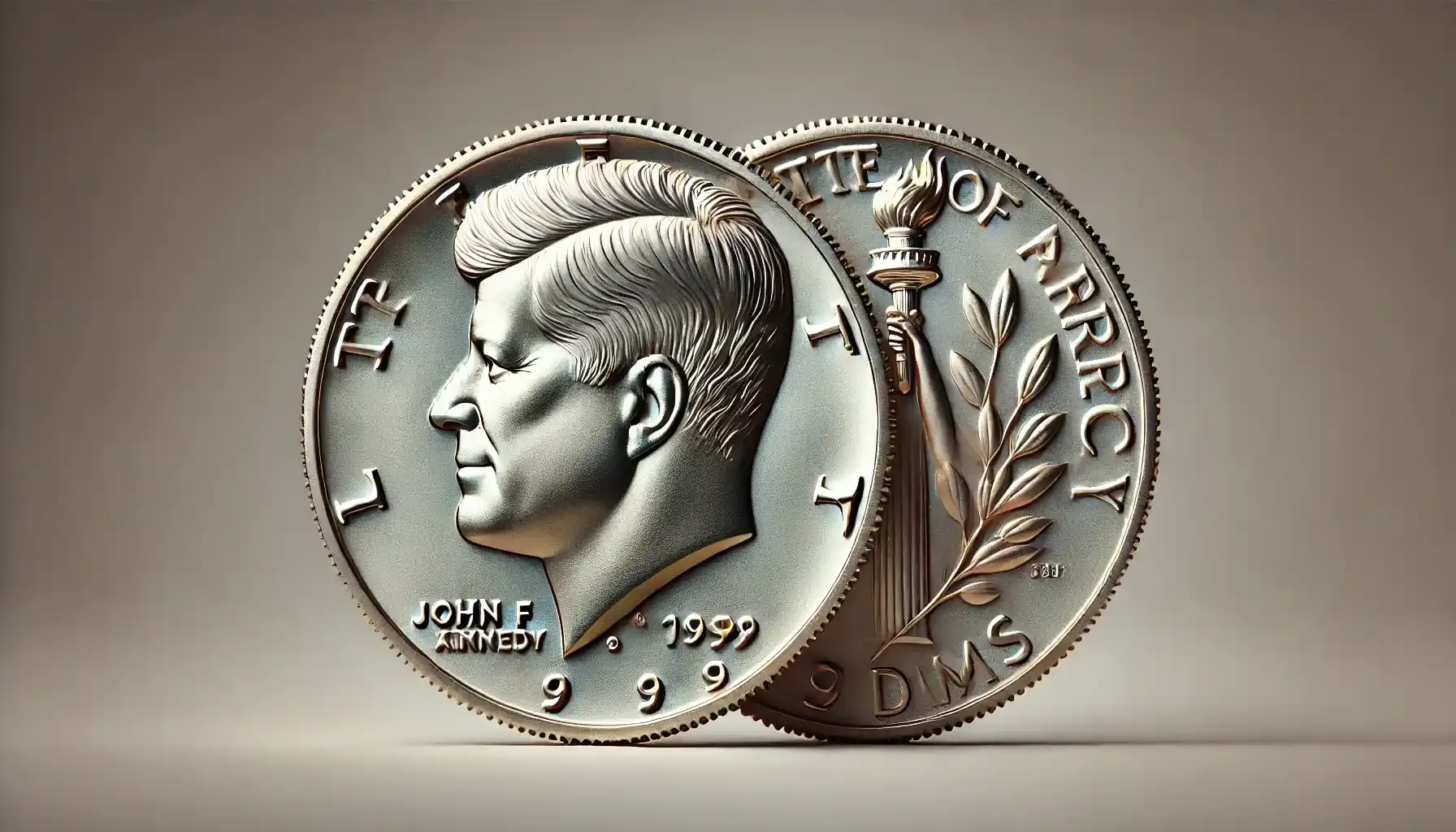
Related article: What Makes a 1971 Kennedy Half Dollar Rare?
Last Words of Coin Joy
Rare error copper dimes are intriguing artifacts from numismatic history that captivate enthusiasts and investors, too. Indeed, these coins offer insight into the complexity of minting and the significance of imperfection alike. And searching for these uncommon mistakes may be rewarding, regardless of your level of experience as a collector.
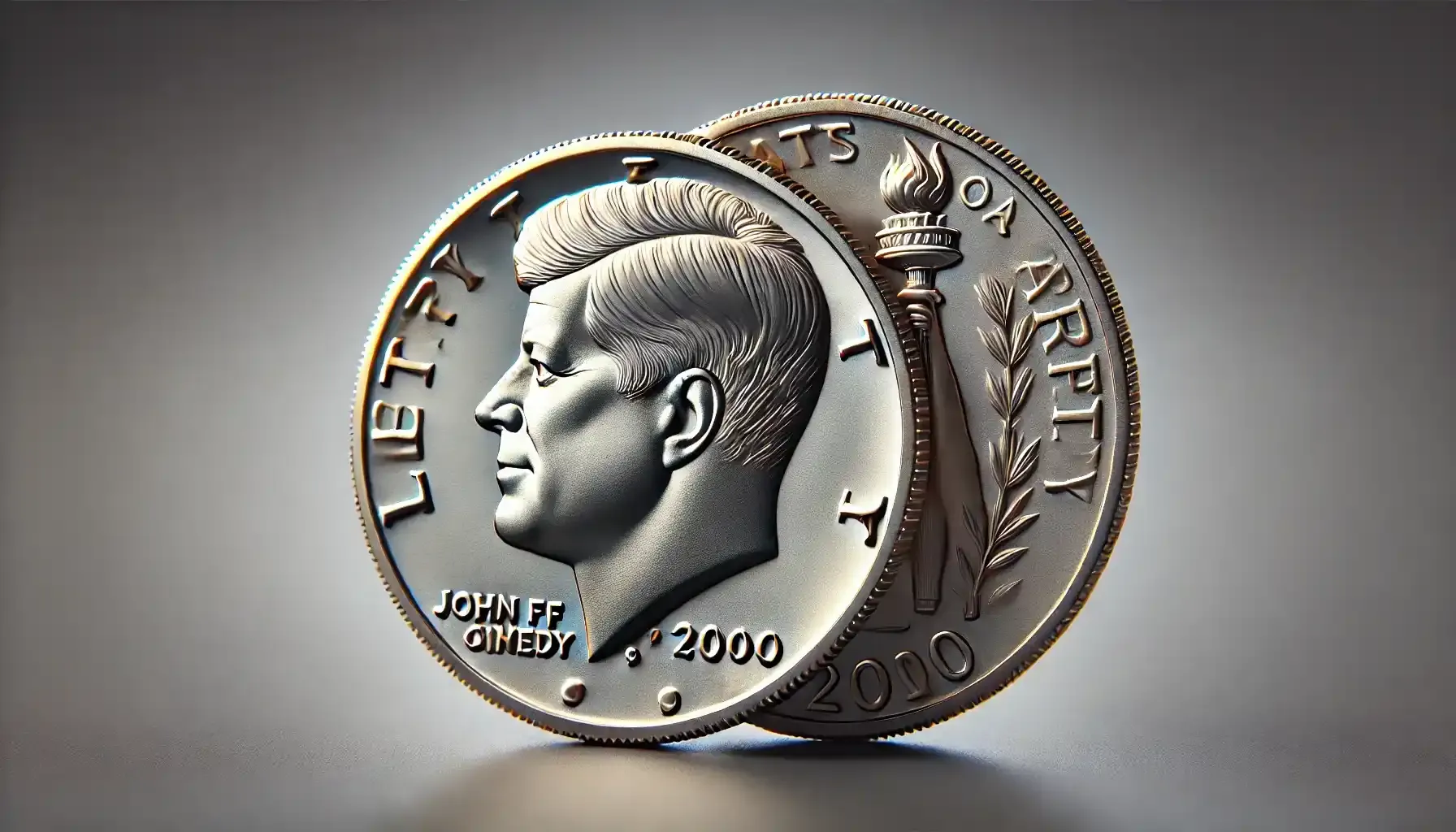
Nevertheless, to do so, we recommend that you use tools such as the Coin ID Scanner app to manage your collection simply. With the help of this innovative extension, you can swiftly classify your collection, identify coins, track prices, organize your finds, and detect possible mistakes on the spot. So, do not hesitate to embrace the thrill of the hunt, for this is how you might just discover a rare dime error that is to transform your collection into a treasure trove in the end.
Related Coin Value Guides:


